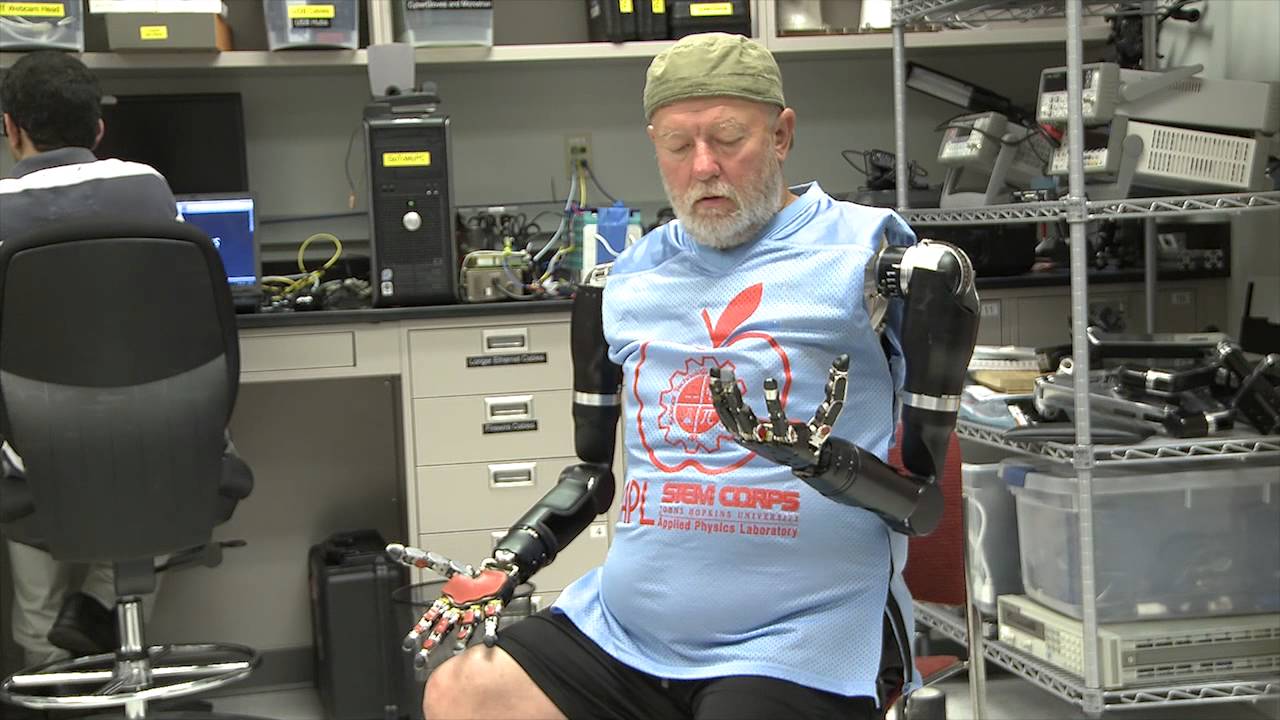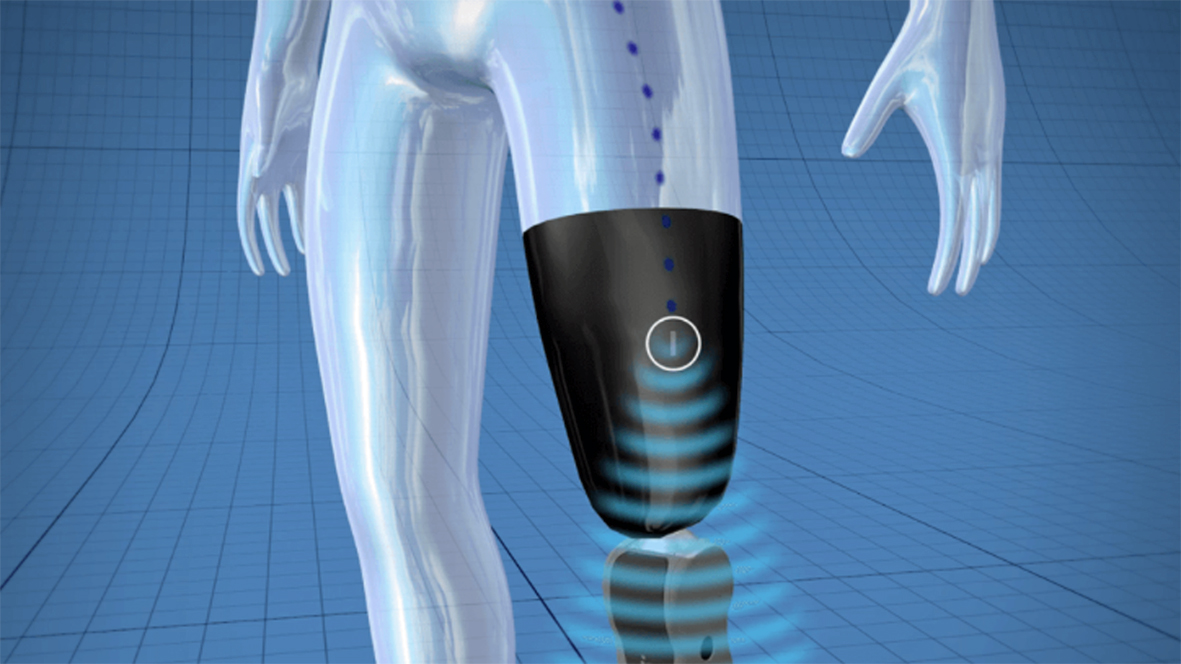
Losing a limb is generally considered a bad thing, but scientists appear to be getting closer to making it more manageable, by perfecting prosthetic replacements that respond to the user's thoughts.
According to reports by the New York Times, engineers at Johns Hopkins University Applied Physics Lab are developing a robot arm that has 26 joints and can curl up to 18kg in weight. More importantly, it is controlled by the user's mind.
One of the testers for these cyborg limbs is Les Baugh. He lost both arms in an electrical accident when he was a teenager. Surgeons remapped the remaining nerve endings in his shoulder so they could be picked up by the prosthetic, allowing it to move as he wishes.
Even better, as the nerves grow deeper, some patients report that they start to feel sensations from sensors embedded in the prostheses. These can allow the sensation of texture to be picked up by the brain.
The limbs are modular (in fact they are called Modular Prosthetic Limbs) and can be customised for people with different needs.
The limbs are still in the experimental stage and not yet in clinical trials. Currently they also cost around half a million dollars and the scientists said that these would need to cost a tenth of this before being a viable commercial product.

Another research project concentrates on the foot. Prosthetics maker Ossur has developed an implantable sensor that can enable users to mentally control false ones.
Sign up to the T3 newsletter for smarter living straight to your inbox
Get all the latest news, reviews, deals and buying guides on gorgeous tech, home and active products from the T3 experts
For people with mechanical legs, there is a delay between wanting to move a foot and it actually moving. This new sensor picks up the wearer's intention from the remaining muscles and moves the mechanics in the prosthetic leg to flex and extend the leg, much more like an organic limb. Surgery to implant the sensor only takes around 15 minutes.
Sources: New York Times, Ossur

